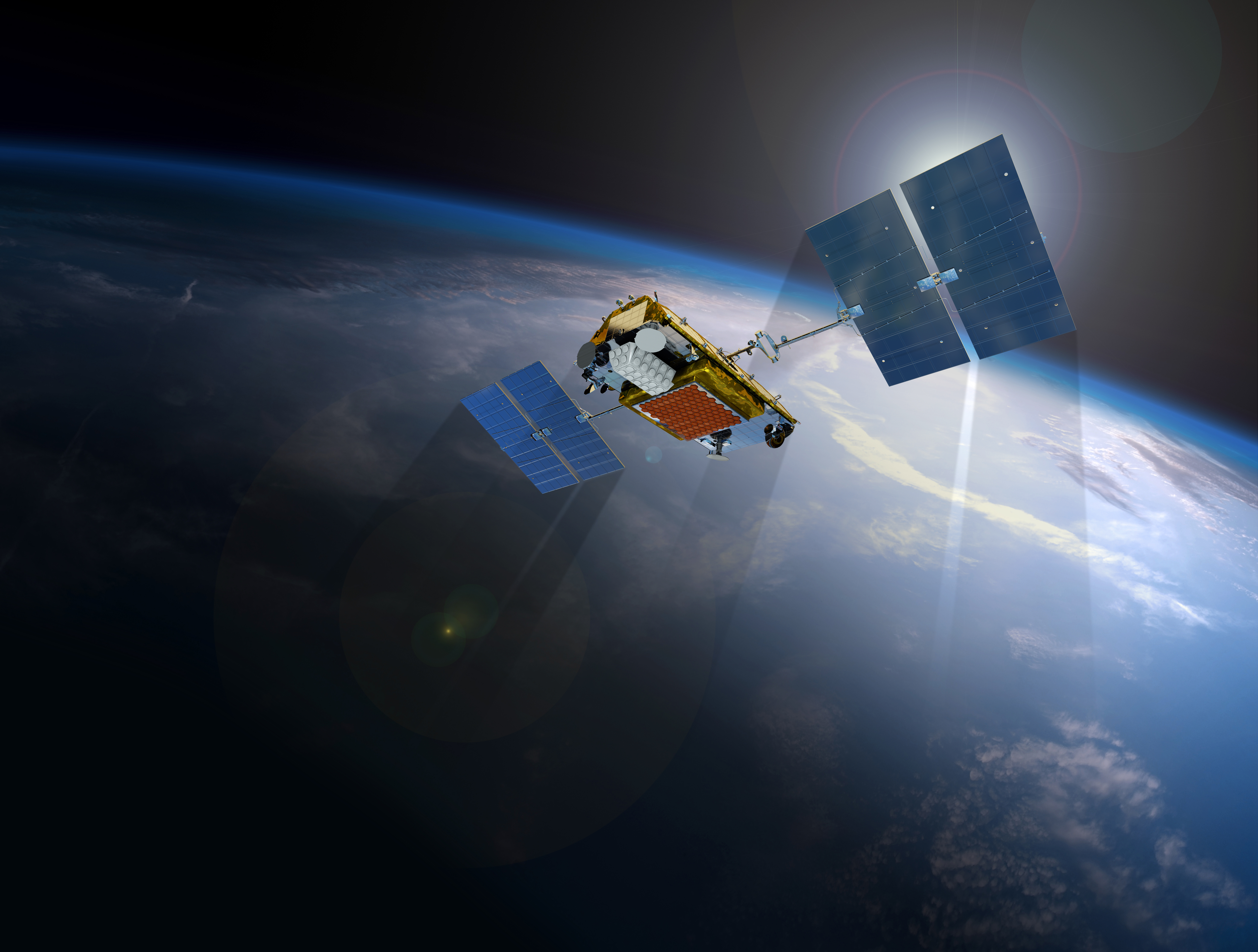Arizona is a critical player in an ambitious project that is about to take global communication literally to higher level.
With a planned Dec. 23 launch date, the next group of satellites manufactured at the Orbital ATK facility in Gilbert will move into place to create the Iridium NEXT global communications system. In addition, Tempe will be home to the primary gateway earth station and one of two operations centers.
The story of Iridium actually has deeper Arizona roots. Engineers for Motorola in Arizona are credited with coming up with the idea in the late 1980s to create the satellite network that would provide global satellite phone service. Although considered flawless, the $5 billion price tag to get the system operating led to a 1999 bankruptcy for the venture and Motorola selling it the following year to Iridium Satellites.
McLean, Va.-based Iridium Communications is positioning the new satellites to be the backbone of the system. Iridium NEXT will maintain an architecture of 66 cross-linked, low-earth orbit satellites to deliver mobile voice and data coverage over the planet’s entire surface, including oceans and polar regions.
The prime contractor for the satellite system is Orbital ATK. It was charged with the assembly, integration and test of the 81 satellites — 66 spacecraft serving as the operational satellites to replace the existing Iridium network, six on-orbit spares and nine ground-backup spacecraft — that will comprise the system. The cross-linked 66 satellite constellation will form a global network in space, allowing communications from a ground or airborne user to anywhere else on Earth.
Production of the satellites is being done on a unique assembly line system featuring 18 work stations ranging from panel integration and payload testing to full satellite integration, solar array installations and alignment checks. Each satellite features more than 5,000 individual parts assembled, culminating in 100,000 hours of workmanship by hundreds of engineers.
“The Iridium NEXT production process features a unique assembly-line approach inspired by the production of Iridium's initial constellation which launched over 19 years ago," said Frank Culbertson, president of Orbital ATK's Space Systems Group. "While certain stations require more hours of efforts than others, each represents a critical step toward delivering a fully functioning Iridium NEXT satellite."
The Iridium NEXT spacecraft design allows for a hosted payload of up to nearly 120 pounds. Hosted payloads benefit from the interconnectivity of the Iridium network and near-real time relay of data to and from space. This translates into providing the end user global coverage at a fraction of the price of a dedicated mission. The user receives hosted payload data via an IP interface to Iridium facilities, which eliminates the need for any customer-owned ground stations. Each satellite also employs an L-band phased array antenna to generate the 48-beam cellular pattern on the Earth’s surface for communication with subscribers/users.
Following assembly and integration, the first satellites underwent tests ensuring they met design specifications, as well as production tests to verify the quality of the manufacturing process. Some of those tests included vibration and acoustic testing, which simulated the movement and sound pressures experienced during the launch. Thermal vacuum tests created the temperature extremes the satellites will face while in orbit. These tests allowed the engineers to confirm that the satellites would withstand the launch and operate successfully when deployed.
Along with measuring production quality, testing helped ensure the assembly line is ready to move to high-rate production. “Now that we have standardized the entire process, we are excited to ramp up the production rate to meet Iridium's needs and support the successful completion of a truly transformative program," Culbertson said. The number of assembly, integration and testing engineers working on Iridium NEXT already has doubled at Orbital ATK's facility. With available engineering talent in the Phoenix area, the team planned to boost production to rate of completing more than five satellites per month. Plans call for having launched all satellites by late 2017.
Starting in 2018, the Iridium NEXT constellation will enable Aireon's satellite-based system to provide global aircraft surveillance in real time. Iridium and SpaceX have partnered for a series of seven launches, with 10 Iridium NEXT satellites deployed at a time. The December launch will enable Iridium to maintain its plan to complete all launches by mid-2018.
Photo Credit: Iridium




